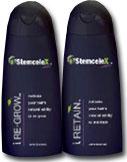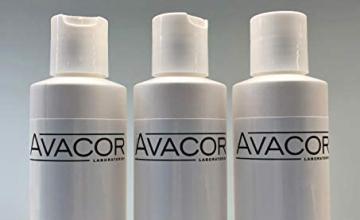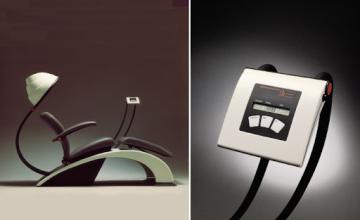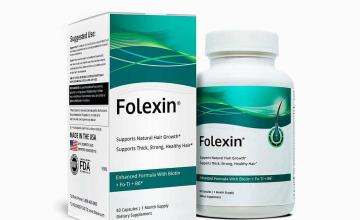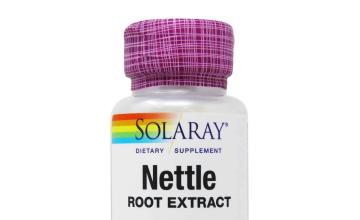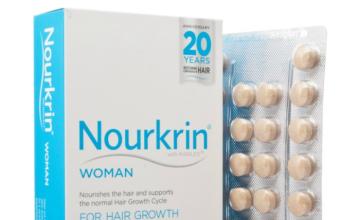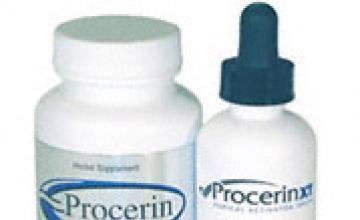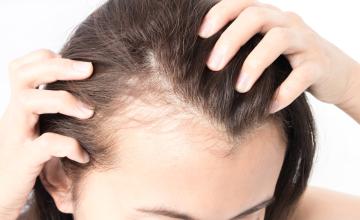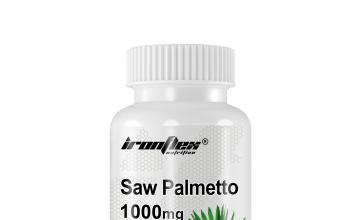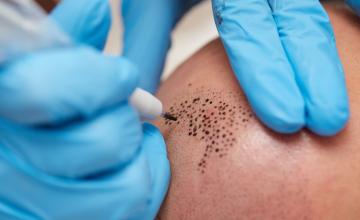Stemcelex is the newest product in a long line of hair restoration therapies claiming to “cure” hair loss via stem cell therapy. Given the recent onslaught of news regarding stem cell based hair loss treatments, injectable baldness cures, and research breakthroughs, it’s not surprising to see new therapies claiming to aggressively fight hair loss through these same mechanisms. However, is Stemcelex truly a stem cell based, regenerative hair loss cure, or is it another therapy simply riding the recent wave of interest in these types of non-invasive, revolutionary treatments?
At first glance, Stemcelex seems quite impressive. The product website is filled with scientific explanations, graphs, charts, and diagrams explaining the science behind stem cell based hair restoration. Stemcelex even states its affiliation with Dr. George Cotsarelis, a researcher at the University of Pennsylvania Medical Center who, along with a talented research team, recently discovered that the bald scalp does not suffer from a lack of stem cells, but rather a dysfunction in the pathway to properly activating stem cells to produce hair. The finding was significant and Dr. Cotsarelis’ involvement and the seemingly detailed science look promising, but what about Stemcelex itself? Does it utilize these scientific breakthroughs and offer an effective treatment for hair loss?
Unfortunately, despite the impressive name recognition and detailed explanations, Stemcelex doesn’t appear to live up to its lofty hair restoration claims. Despite claiming to “activate” the dormant stem cells described by Dr. Cotsarelis, Stemcelex does not offer any sort of feasible molecular/stem cell based therapy. The website cleverly explains the science behind stem cell inactivation and the promise of reversing the dysfunctional pathway, but instead of reinforcing Dr. Cotsarelis’ view that cures for reversing the inactivation pathway are not yet understood, Stemcelex claims to actually fix the stem cell inactivation through a series of unproven homeopathic and herbal treatments for hair loss.
So, what is actually inStemcelex? The treatment involves a three day cycle of different lotions and topical treatments for baldness applied twice a day.
Day1: On the first day of the hair restoration cycle, a topical lotion made from Jaborandi Pilocarpus is applied twice after washing and thoroughly drying one’s hair. According to Stemcelex, Jaborandi Pilocarpus is a parasympathetic activator (it excites the nerves that cause the body to “rest and digest” during periods of relaxation) that rids the scalp of excess oils and dandruff that impede healthy follicular hair growth. Furthermore, Stemcelex claims that Pilocarpus naturally darkens and thickens existing, native hairs. According to the experts, Pilocarpus has no reproducible pharmacological applications and any evidence that it actually thickens and darkens hair is anecdotal.
Day 2: The second day of the cycle involves Veratrum Lobelianum, a family of herbs commonly used in Chinese medicine. Stemcelex claims these herbs can penetrate the scalp and activate the necessary molecular signaling to “regenerate” the hair follicle stem cells. Furthermore, Veratrum allegedly down-regulates or prevents the production of Dihydrotestosterone (DHT), the hormone directly responsible for male pattern baldness. According to the research, members of the Veratrum family have been used in everything from a Native American poison to a drug researched in human blood pressure. Currently, they are used in cancer treatments. Although the science behind cancer therapies indicates that the drug could have some molecular benefit in signaling cell activation and inactivation, there has been no research or evidence suggesting that Veratrum is useful in fighting, reversing, or preventing the effects of male or female hair loss.
Day 3: During the third day of the Stemcelex cycle, a kelp based topical extract is applied twice daily to provide nutrients to the “new hair growth” and also ensure that the scalp remains clean and healthy. This step of the treatment doesn’t claim to be more than a simple dose of nutrients useful in good scalp hygiene.
After reviewing the active ingredients behind Stemcelex, there is no evidence to suggest that Stemcelex is an effective hair loss treatment at this point in time. The idea of activating the dormant stem cells is important to finding a molecular cure to hair loss, but despite understanding this importance, Stemcelex doesn’t offer any concrete stem cell reactivation agents. It’s possible that Veratrum may prove useful in cell signaling and reactivating dormant cells, but the current research and evidence simply don’t support its use at this time. Furthermore, Stemcelex charges a hefty $99.85 for a month supply of the treatment which may keep even the most curious and enthusiastic hair loss suffering men and women away.
Altogether, the idea of reversing dormant hair follicle stem cells is important, but therapies for effectively stopping and rewiring this pathway do not seem to exist at this point in time. Unfortunately, this seems to nullify the claims made by Stemcelex and prevent it from becoming a stem cell hair loss cure.
